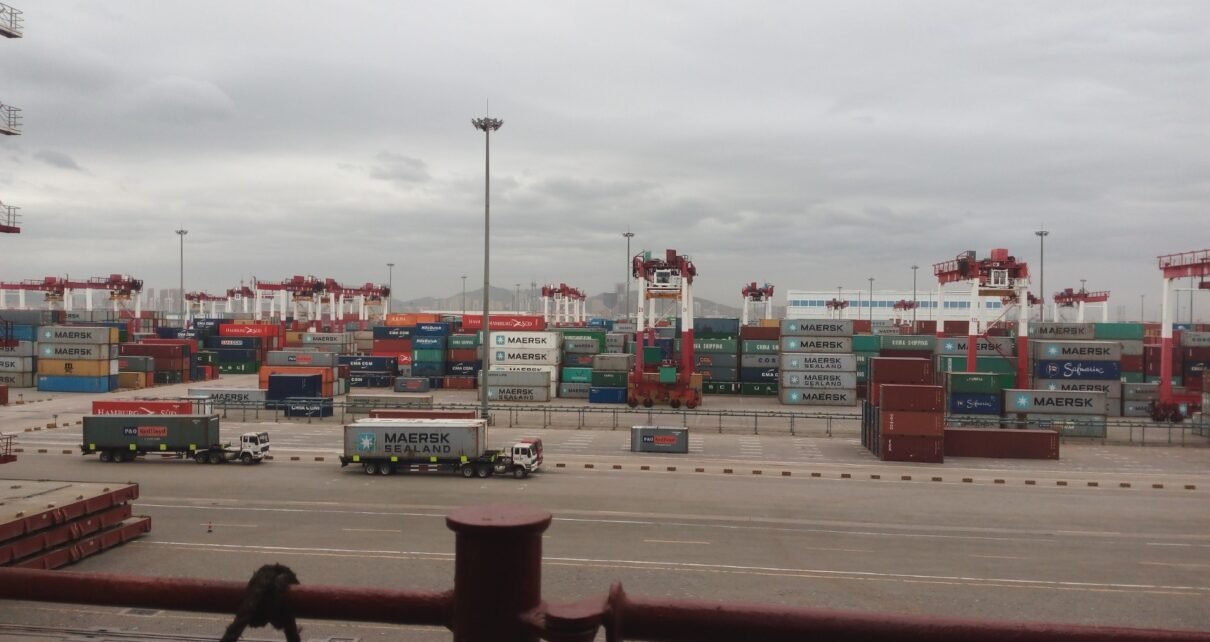Demurrage vs Detention. In the intricate world of international shipping, the terms “demurrage” and “detention” frequently surface in conversations among maritime professionals, shipowners, and charterers. These two concepts are integral to the efficient movement of cargo, yet they are often a source of confusion. In this article, we will dissect demurrage and detention, shedding light on their meanings, differences, and the crucial role they play in the global supply chain.
Demurrage vs Detention Understanding Time and Costs
Demurrage: A Cost of Delay
What is Demurrage?
Demurrage refers to the charges incurred when cargo remains within a container terminal or port beyond the agreed-upon time allotted for loading or unloading. It is essentially a penalty imposed on the charterer or cargo owner for the delay in clearing the container from the terminal.
How Does Demurrage Work?
– Time Limit: In a typical scenario, the charter party (the contract between the shipowner and charterer) specifies a certain number of free days during which cargo can be loaded or unloaded without incurring demurrage charges. These free days are often referred to as “laytime.”
– Penalty Period: Once the free days expire, demurrage charges kick in. The charterer is then required to pay a daily fee for each day the cargo remains within the terminal or port.
Purpose of Demurrage:
Demurrage serves several important purposes in international shipping:
1. Efficiency: It encourages prompt cargo handling, reducing congestion at terminals and ensuring the smooth flow of goods.
2. Cost Recovery: Demurrage compensates the shipowner for the time the vessel spends at the port, which could be used for other voyages, thereby minimizing revenue losses.
Detention: A Cost for Keeping Equipment
What is Detention?
Detention, on the other hand, is a charge applied when shipping containers (often owned or leased by shipping lines) are held by the cargo owner or consignee beyond the agreed-upon period of free use. Unlike demurrage, which is associated with terminal delays, detention is linked to the delay in returning shipping containers to the shipping line.
How Does Detention Work?
– Free Use Period: Similar to demurrage, the charter party includes a certain number of free days during which the cargo owner can use the container without incurring detention charges.
– Penalty Period: Once the free days elapse, detention charges come into play. These charges are typically assessed on a daily basis for each day that the container is retained beyond the free use period.
Purpose of Detention:
Detention serves several important purposes:
1. Container Availability: It encourages the timely return of containers to the shipping line, ensuring the availability of equipment for other shipments.
2. Cost Recovery: Detention compensates the shipping line for the extended use of its containers, which would otherwise be unavailable for other customers.
Key Differences Between Demurrage vs Detention:
1. Point of Charge: Demurrage is charged for delays at the terminal, while detention is charged for delays caused by the extended use of shipping containers.
2. Party Responsible: Demurrage charges are typically incurred by the charterer or cargo owner, while detention charges are incurred by the party holding the shipping container.
3. Time Frame: Demurrage relates to delays within the terminal or port, often during cargo loading or unloading. Detention, however, is associated with the period after the container has left the terminal and is in the possession of the cargo owner or consignee.
Managing Demurrage and Detention:
Efficient management of demurrage and detention is crucial for both charterers and cargo owners. Here are some tips for mitigating these costs:
– Effective Planning: Adequate planning of cargo operations can help ensure that cargo is loaded or unloaded within the specified free days.
– Communication: Clear communication between all parties involved, including the shipping line, terminal operators, and cargo owners, is essential to minimize delays.
– Monitoring: Regular monitoring of container movements and timelines can help identify potential issues early and prevent unnecessary charges.
Conclusion:
Demurrage and detention are essential concepts in international shipping, serving as incentives for efficient cargo operations and the timely return of containers. Understanding the differences between the two and implementing effective management strategies can help mitigate costs and ensure the smooth flow of goods through the global supply chain. In the dynamic world of maritime commerce, mastering these intricacies is a valuable skill for maritime professionals and businesses alike.



